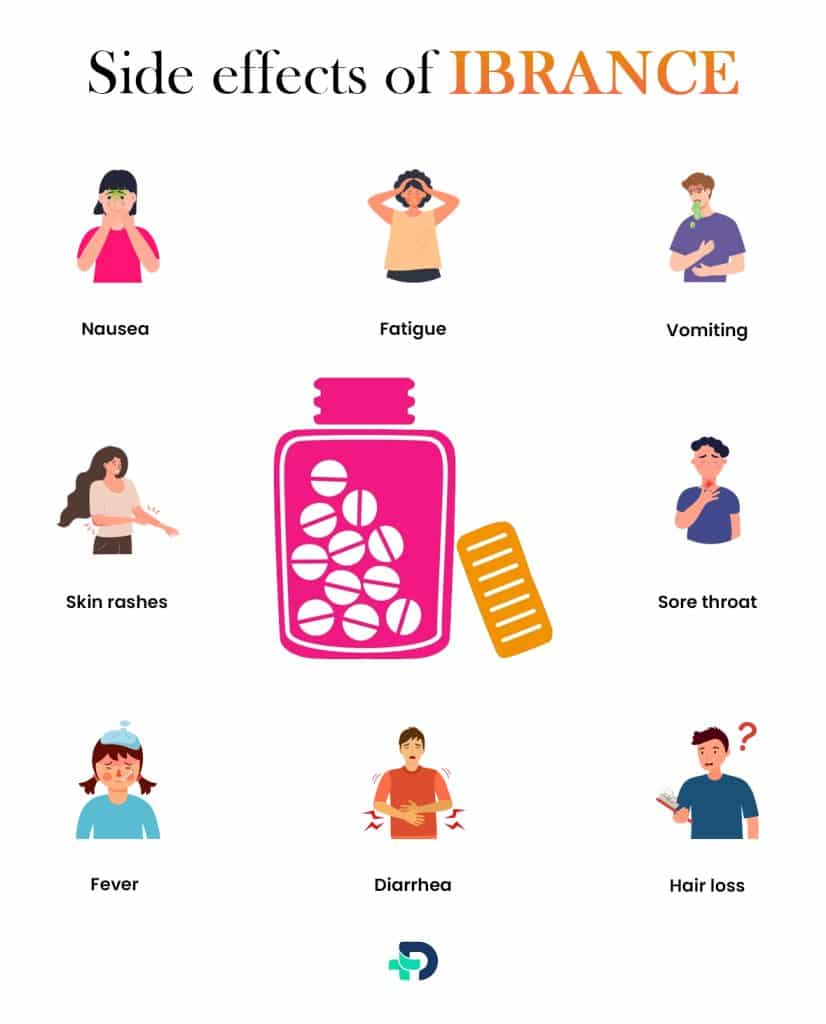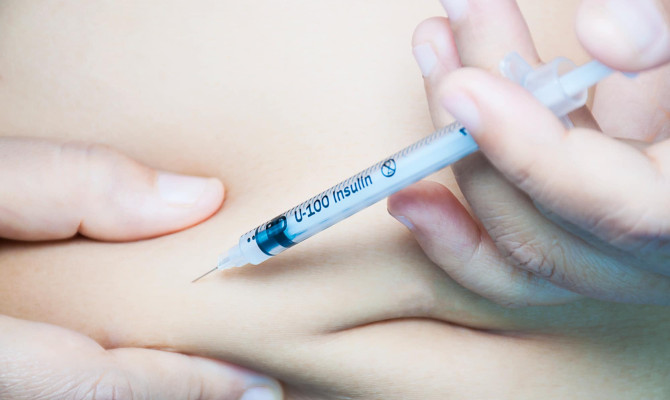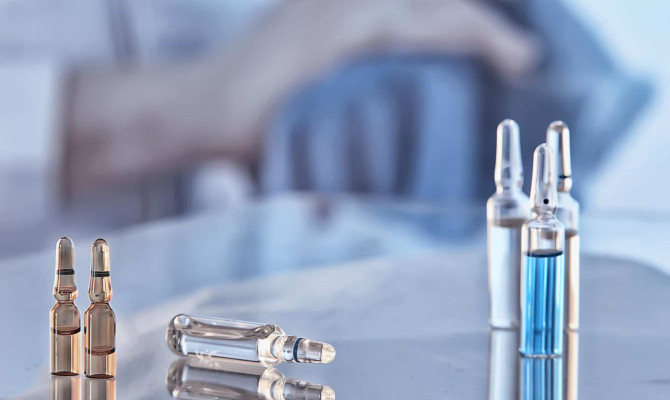Ibrance: Uses, Dosage, Side effects and Interactions

- Ibrance
- 22 Aug 2023
Overview
About Ibrance
Millions of women throughout the world are affected by the common and possibly fatal condition known as breast cancer. But as medical research has developed, a wide range of treatments have been available to tackle this serious problem. One such groundbreaking medication is Ibrance, a brand name of the prescription drug Palbociclib.1Overview| Researched based study from Nlm.nih.gov Ibrance is not a conventional kind of chemotherapy and is used with specific hormone therapy to treat some forms of breast cancer.
This article will explore the mechanism of action, uses, dosage, administration, storage, side effects, risks, precautions, contraindications, and interactions associated with Ibrance.

How does it work?
- Ibrance/Palbociclib is classified as a targeted therapy and belongs to a class of drugs known as kinase inhibitors or cyclin-dependent kinase 4/6 (CDK4/6) inhibitors.
- It specifically inhibits CDK4 and CDK6, which are enzymes involved in cell cycle progression and regulation.
- By inhibiting these enzymes, Ibrance helps to slow down the growth of cancer cells, thereby preventing the proliferation of breast cancer.1Overview| Researched based study from Nlm.nih.gov
Uses
What is the drug Ibrance used for?
Ibrance is primarily indicated in adult patients for the treatment of advanced or metastatic breast cancer that are :
- Hormone receptor-positive (HR+)
- Human epidermal growth factor receptor 2-negative (HER2-)3Uses| Researched based study from Mayoclinic.org
Ibrance (Palbociclib) is typically given in combination with:
- Aromatase inhibitor (AI) – which is used as a first endocrine-based therapy in postmenopausal women.
- Or Fulvestrant – in cases where a woman has already had endocrine therapy. 2Uses| Researched based study from Fda.gov
Dosage
Dosage and administration
Ibrance is available in the following forms:
- Capsules
- Tablets
Both of these forms may have the following strengths:
- 125 mg
- 100 mg
- 75 mg 3Dosage| Researched based study from Mayoclinic.org
The recommended dosage of Ibrance for metastatic cancer, when given with letrozole or fulvestrant, is:
- 125 mg taken by mouth once every day for 21 days.
- Followed by a gap of seven days to complete a 28-day cycle.2Dosage| Researched based study from Fda.gov
How to take Ibrance?
- It is essential to adhere to the prescribed dosing schedule and take the medication at the same time each day.
- Patients should swallow Ibrance with a glass of water and can take it with or without food.
Storage
Storage
- Ibrance should be stored at room temperature (between 68°F and 77°F or 20°C and 25°C) in its original container.2Storage| Researched based study from Fda.gov
- Direct sunshine, wetness, and heat should be avoided.
- Be sure to keep Ibrance out of the reach of children and animals.
Side effects

Side effects
Ibrance may cause side effects, however not everyone will, like any medicine, will. Common side effects may include the following :
- Nausea
- Fatigue 4Side effects| Researched based study from Breastcancer.org
- Diarrhea
- Altered taste
- Vomiting
- Skin rashes
- Pale skin
- Fever
- Mouth sores
- Lack of energy
- Hair loss or thinning
- Decreased appetite
Other symptoms may include:
- Sore throat
- Trouble/ pain while urinating.
- Nose bleed
- Cough
- Easy bruising
- Lightheadedness5Side effects| Researched based study from Clevelandclinic.org
- Breathing problems
- Tarry or black stools
It would be best to inform your physician about any side effects you may go through during Ibrance treatment. They can guide managing these side effects or adjust the dosage if necessary.
Precautions
Risks and Precautions
While Ibrance has demonstrated significant clinical benefits, it carries certain risks and precautions:
Neutropenia
- When taking Ibrance, people commonly experience low white blood cell counts, which might result in life-threatening infections. Before and after therapy, doctor will examine your white blood cell levels. If you experience any indications of illness, such as fever and chills or low white blood cell counts, tell your healthcare professional right once as they can stop, change the dose, or delay the treatment cycle.2Precautions| Researched based study from Fda.gov
Lung problems
- During treatment for Ibrance, the lungs may experience fatal inflammation. Call your doctor immediately if you experience any new or worsening symptoms, such as chest pain, a cough that produces mucus, difficulty breathing, or shortness of breath. Your doctor may pause or discontinue Ibrance medication if your symptoms turn out to be severe.
Risk of fetal toxicity
- Ibrance may affect developing fetuses. Men and women should be warned of the potential risk to fetuses and embryos and encouraged to use reliable contraception for at least three weeks after the last dose.
Risk of passing into mother’s milk
- Breastfeeding women should be informed not to breastfeed their child during treatment or for three weeks after the last dose, as it is not known if Ibrance could pass into breast milk.
Liver or kidney problems
- Patients with pre-existing liver or kidney impairment should exercise caution when using Ibrance, as the drug is metabolized in the liver and excreted through the kidneys.
Fertility problem
- Ibrance may cause problems with fertility in men.6Precautions| Researched based study from Dailymed.nlm.nih.gov
Interactions
Ibrance interactions
Ibrance may interact with specific drugs and foods, lowering their effectiveness or increasing the possibility of negative effects.
Examples of drugs that may interact with Ibrance include:
- Potent CYP3A inhibitors – like ketoconazole, clarithromycin, etc., when given along with Ibrance, may increase the levels of Palbociclib in the blood plasma. If this cannot be avoided, decrease the dosage of Ibrance.2Interactions| Researched based study from Fda.gov
- Grapefruit – eating or drinking grapefruits or its products, including grapefruit juice, while taking Ibrance may increase the amount of Palbociclib in a person’s blood. Grapefruit or any of its products should be avoided during Ibrance therapy.2Interactions| Researched based study from Fda.gov )
- CYP3 inducers – like rifampin, phenytoin, carbamazepine, etc., when taken along with Ibrance, may decrease the amount of Ibrance in blood plasma.6Interactions| Researched based study from Dailymed.nlm.nih.gov
- CYP3A Substrates – When taken with Ibrance, the dose of sensitive CYP3A4 substrates with limited therapeutic indices, such as tacrolimus, fentanyl, and others, may need to be decreased since Ibrance may enhance the exposure of these medications.2Interactions| Researched based study from Fda.gov
All prescription, over-the-counter, and dietary supplement medications that you are taking must be disclosed to your physician.
Takeaway
Takeaway
Ibrance has proven to be a substantial development in the treatment of advanced or metastatic hormone receptor-positive, HER2-negative breast cancer. Following the prescribed dosage, adhering to storage instructions, and promptly reporting any side effects to your healthcare provider is essential. As with any medication, Ibrance carries certain risks and interactions, so consultation with a healthcare professional is crucial before starting treatment. With ongoing research and innovative therapies like Ibrance, the fight against breast cancer continues to make remarkable strides toward improved patient outcomes.
Any feedback on this article?
 This Articles content was accurate
This Articles content was accurate Very Informative Article
Very Informative Article I have a question or a comment
I have a question or a comment
 This article contains inaccurate content
This article contains inaccurate content This article was not helpful
This article was not helpful I have a question or a comment
I have a question or a comment
We appreciate your helpful feedback!
Checkout our social pages
References
-
National Library of Medicine
Palbociclib | Overview
-
FOOD AND DRUG ADMINISTRATION
IBRANCE® (palbociclib) tablets, for oral use | Uses | Side effects | Precautions | Interactions
-
Mayo Clinic
Palbociclib (Oral Route) | Dosage
-
Breastcancer.org
Ibrance | Side effects
-
Cleveland Clinic
Palbociclib tablets | Side effects
-
DailyMed
IBRANCE- palbociclib capsule | Interactions





































